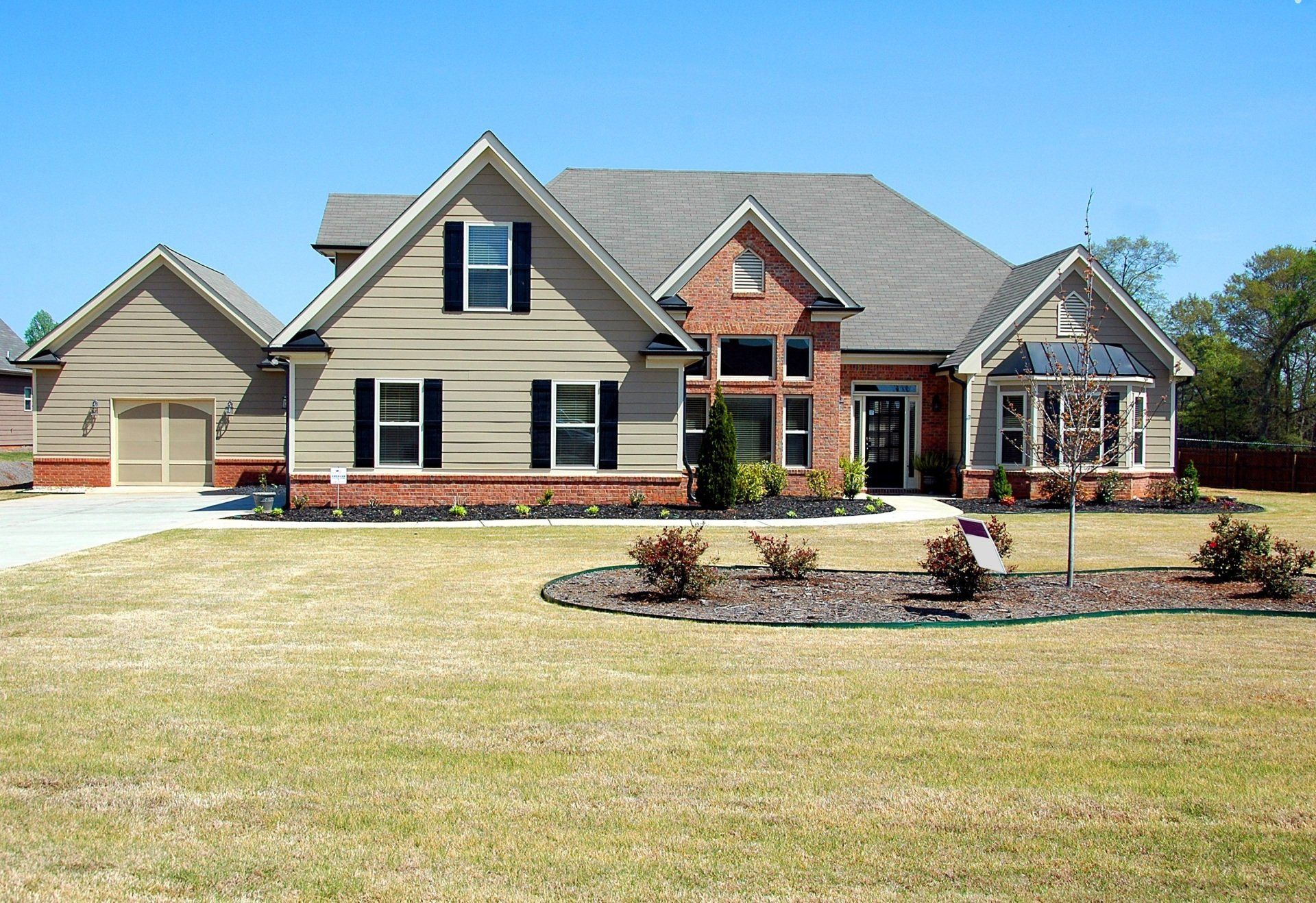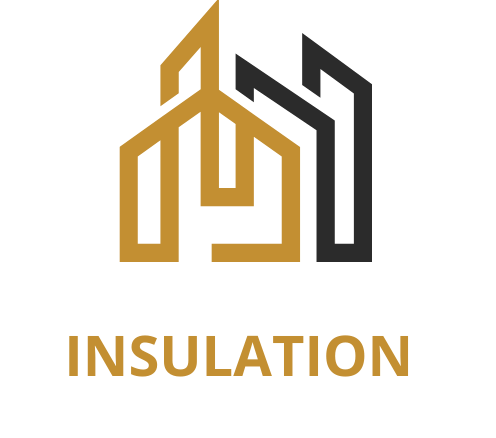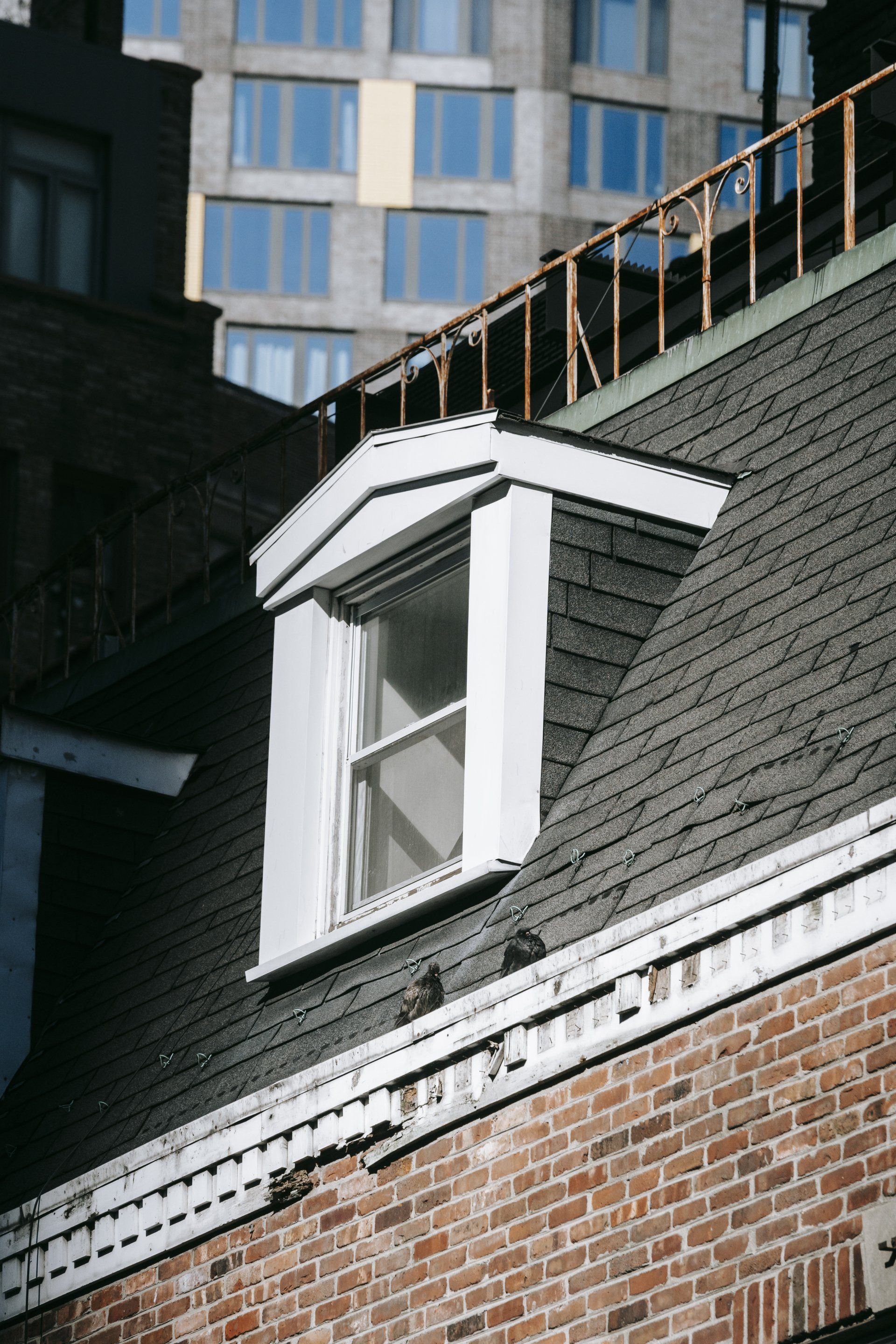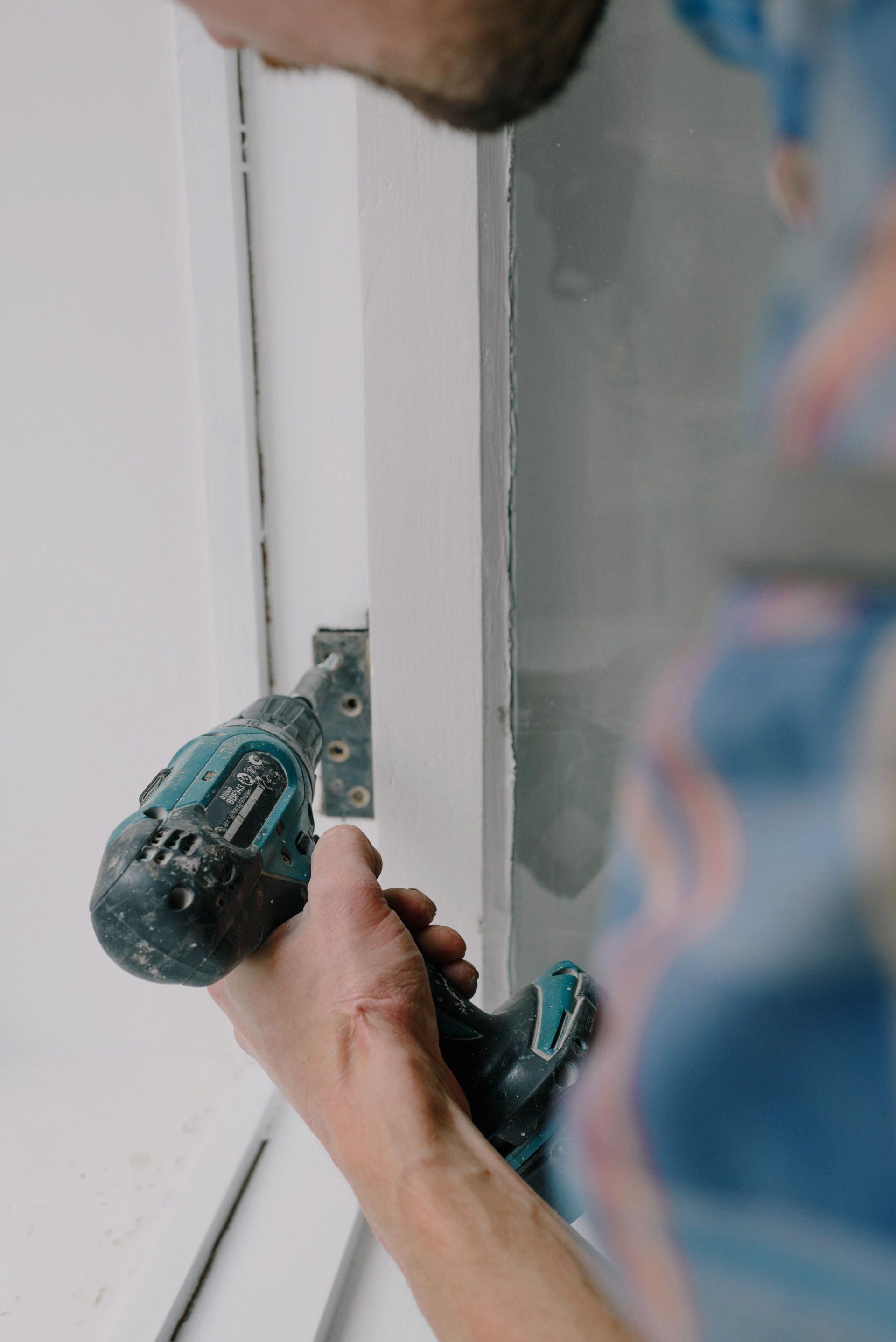A sustainable insulation system: Information you should be aware of
A sustainable insulation system: Information you should be aware of
With a myriad of products available to enhance the energy efficiency of your home, it may be difficult to differentiate your most efficient insulation choices in comparison to the others. In this article, we'll go over the details of how insulation is becoming sought-after and how you can know the latest products that are available to you.
Why is insulation so sought-after?
The rise in popularity of insulation is due to a few key factors, such as:
- Awareness and mitigation of climate change: Whether it's a personal belief or more strict regulations set by governments and legal authorities, every business should contribute to reaching Net Zero.
- Prices for energy are rising: Especially in the first second half of 2022, when prices for energy have increased dramatically, and insulation of buildings is a way to reduce energy consumption.
- The construction of more warm spaces has increased with housing demand and the average room temperature being higher than they were just 20 years ago; it is clear that the necessity to ensure that heat is kept in is greater than ever before.
What kinds of insulation are in demand?
There is usually just a few insulation options to choose from. They include the following:
- Soft or open cell insulations like rockwool, stone wool, and so on
- The closed-cell and the plastic foams like the rigid polyurethane insulation board and others.
Are these insulation materials sustainable?
If you are talking about sustainability, that means the absence of a carbon footprint, and also easily recyclable. Then, it's all about the conditions.
For the majority of open cell and soft insulations typically have less plastics in them and require less extreme processes to produce.
Foams made of plastic and close-cell. They typically make use of very polluting methods and are very difficult to recycle.
How do you identify environmentally sustainable insulation products?
As you can see as well, it's equally important to use sustainably produced insulation as one that performs well. But how can you find the most sustainable insulation?
- Basic investigation into the materials. A quick study of the base material can provide a lot of information about its long-term viability as an insulation.
- Certifications. They are visible across products and help guarantee responsible sourcing and CO2 commitments from the supplier.
- Recyclability of the product. These also give you information about the entire life span that the item has.
- Examine the R/U amount of insulation. The thermal performance of any product is crucial to ensure that it will keep your home warm.
- Each product must have an R-Value. This can be combined together with the thickness of the product in order to determine the U-value.
Every insulation used will have the minimum U-value as per building regulations. This includes the following:
- External Walls - 0.28W/mk²
- Roofs - 0.2W/mk²
- Floors - 0.22W/mk²
Highly sustainable types of insulation
In relation to some environmentally sustainable insulation materials, here are the most-loved insulation types that you must be aware of:
- Wood wool is a product made from wood, and extremely thermally efficient wood wool is fairly new, but it has lots of potentials. The best way to use wood wool is utilized between timber joists on ceilings, walls, and floors, as with the traditional products made of rock wool.
- Cork is a fantastic material that can be used nearly everywhere in a building. Cork's appearance, as well as its thermal and rain protection, is best utilized for external insulation on walls and even the roof.
- Hemp is easily compostable and highly efficient insulation. As an insulation type that is loose, hemp is ideal for use between timber joists on ceilings, walls, or floors.










